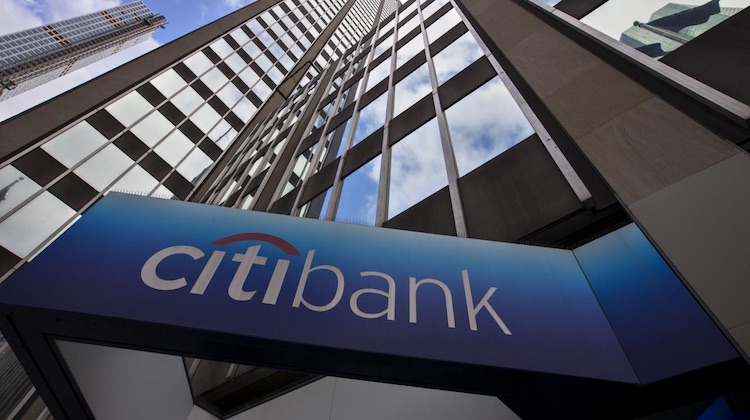The Customer Effect
Citi sees retail bank revenue growth as it pushes on with digital plans
- Citi continues to grow its retail revenues despite an ambitious plan to trim its branch footprint
- Future acquisitions won't be banks with physical branches; they'll be focused on generating organic growth through digital channels








